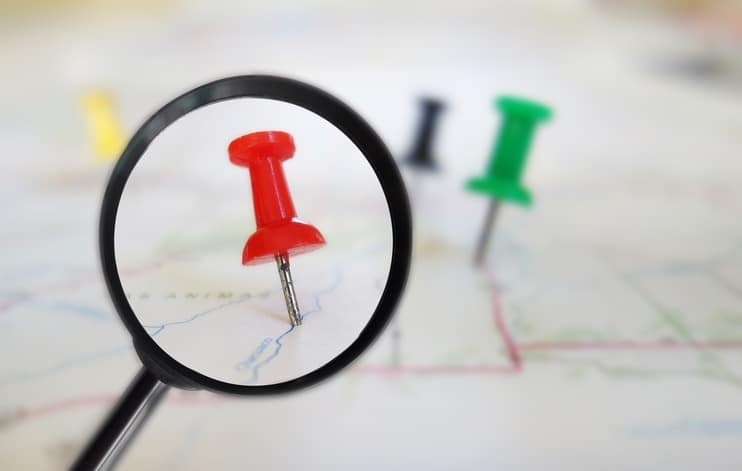Blog
Throw Away Your Map and Pushpin There is an Easier Way to Schedule for Home Care Agencies

During a recent deployment, as we typically do, we had a usability session with a home healthcare agency Intake Coordinator who showed us her all too common setup.
Pre-AlayaCare she jumps between their current solution and Google Maps, entering the client info into Google Maps. She then compares it with a map she has printed and posted in her cubical with PUSHPINS she uses to track staff members.
If it isn’t obvious already there are many reasons why an Intake and Scheduling solution should incorporate mapping, I’m going to outline 4 of them right now.
- One Screen, One View
This one is the most obvious – by incorporating mapping into the home healthcare software user experience Intake Coordinators, Schedulers and Nurse Supervisors are provided with the tools they need at their fingertips, no more zooming in and out to find the right reference points for their pushpin workaround… and certainly no more ALT + TAB!
- Accurate Geo-Location
While pushpins are phenomenal for posting your kids artwork they make for a very challenging GPS tracking tool. Yes, detectives on TV look on top of their game when they figure out a crime pattern using push-pins but the reality is if we can use real-time data, accurate triangulation of visits and projected location to determine the best fit for a new client or vacant visit we are far better off.
- Improved Communication Loop
Nothing is more frustrating than calling a careworker to take a new client or a shift and finding out they are nowhere near the client site. Having a good handle on location and using real-time 2 way communication users are provided the tools to streamline communication. Streamlined communication equals reduced work time wasted.
- Reduced Cost & Improved Outcomes
By minimizing travel time through true location based scheduling and coordination care workers travel time and associated costs are minimized. Reduced time wasted in transit results in lowered turnover and better care which ultimately leads to better outcomes.


